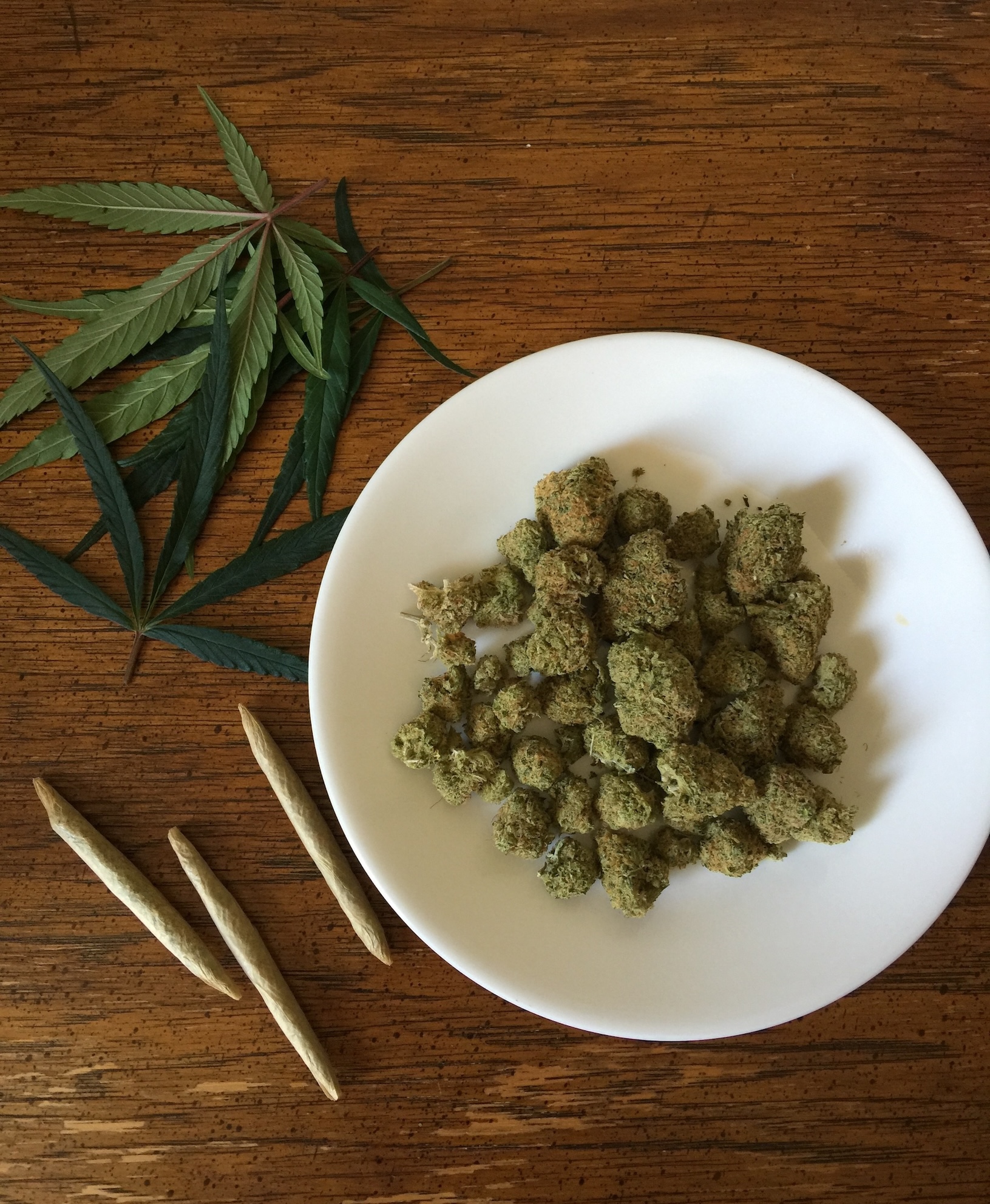
Romania’s port of Constanta, located on the Black Sea and recently part of the Schengen economic area, has been identified for the second year running as one of the most important gateways to Europe for drugs from Latin America in the 2023 report of the Global Initiative Against Transnational Organised Crime ( GIATOC) , which annually X-rays criminal networks operating worldwide. Analysts from the Geneva-based organisation (Switzerland) talk about the “Balkan sea route” through which high-risk drugs such as cocaine and heroin arrive in south-eastern Europe from South American countries.
GIATOC experts note that weapons, counterfeit goods and commodities or waste from other parts of the world are also trafficked through the same networks. The report’s authors claim that most cocaine and heroin from South America – especially Colombia – does not stay in Romania, but is transported further west to Budapest and Vienna or Amsterdam. The organisation’s reports also show that Romanians prefer cannabis, which they import from Western Europe or produce at home, or synthetic drugs, whose prices have fallen significantly in recent years. This is because cocaine prices are still prohibitive for Romanian consumers. The Global Organised Crime Index, the first global analytical tool to provide an assessment of criminal markets, was launched in 2021 and tracks data from 193 UN member states and is conducted under a US State Department programme.
Romania transit country for cocaine trade
According to the GIATOC’s 2023 Report, Romania has become a “highway” for drugs from South America, with the country being a transit country for the cocaine trade. The report also says that prices are too high on the street, so there is not much of a Romanian market for cocaine.
“The criminal infrastructure that was developed to traffic large quantities of heroin or synthetic drugs is now also being used to traffic cocaine. This infrastructure is disguised as legal in order to analyse the risk and control of the authorities. Romanian citizens living in South America, as well as South Americans in Romania, create stable links for organised crime groups interested in developing new alternative routes (…) Although the country serves as a transit centre for the cocaine trade, there is no large domestic market; local demand is low due to the high price of the drug on the street,” the report says.
As for heroin, it would enter Romania from Georgia, say Geneva-based analysts.
“According to the report, heroin is smuggled from Georgian Black Sea ports by ferry, first reaching Odessa or other EU countries like Romania or Bulgaria. From there, it infiltrates the eastern branch of the primary Balkan route, eventually making its way to the Netherlands and other Central and Western European nations. Notably, prominent criminal networks often establish legitimate trade infrastructures to aid their extensive drug trafficking operations, suggesting their infiltration into lawful trade systems. Several companies across the EU have been identified as fronts for concealing these illegal activities.”
In an earlier report, Geneva-based analysts noted that most of the heroin from South America reaches Europe via Turkish ports on the Sea of Marmara. On the other hand, the 2023 paper reveals that in Romania – especially in the capital Bucharest and other university centres – an increase in synthetic drug use has been reported.
Debate on the legalisation of cannabis in Romania for medicinal purposes
As for the main drug consumed by Romanians – cannabis – it either comes from Spain and the Netherlands or – and this is the case for most of the quantities sold on the Romanian market – is produced domestically.
“Although cannabis is brought into Romania from Spain and the Netherlands, the majority of confiscated cannabis within the country is actually domestically produced. This trend reflects a recent surge in the cannabis trade, with cannabis remaining the most prevalent drug among the younger demographic. The legalization of cannabis and cannabinoid substances for medicinal purposes is a subject of ongoing debate in Romania. However, both the government and the Ministry of Health adamantly oppose such legalization efforts. Furthermore, Romania’s synthetic drug market is experiencing significant growth. While the production of amphetamines and ecstasy has risen in recent years, prices have decreased. Despite this, data indicate that these drugs are still more costly in Romania compared to Western Europe. Ecstasy (MDMA) primarily enters Romania from Germany and the Netherlands, while amphetamines come from Germany, Belgium, and Bulgaria”, according to the document.

90% of drug trafficking takes place on water
On the other hand, an analysis by the Colombian authorities, published last year, shows Arad – a Romanian county on the Romanian-Hungarian border – on the map of drug trafficking. The report is the result of a 45-day effort in which Colombian investigators tracked the route of several hundred tons of drugs from South America – cocaine, heroin, marijuana, amphetamines, as well as coke and hashish – to Europe around the world. According to the report, the drugs enter Europe via the Sea of Marmara, from there they go to Bulgaria and across the land border to Romania. Some of the drugs remain here, but most leave via the Romanian-Hungarian border crossings, mainly via Nădlac in Arad county, to Budapest or Vienna. According to the document, 90% of drug trafficking takes place on the water, with drugs being transported by boat or submersible to the US, Europe and Asia.
The most important drug produced and trafficked from Colombia is cocaine. According to official reports, 21% of Colombia’s cocaine production ends up in Europe. At the same time, Colombian cocaine occupies a significant segment of the market on the old continent: 40% of the cocaine European consumers buy comes from Colombia. One detail worth noting is the way traffickers communicate. According to Colombian investigators, they use advanced technology and modern communication tools. The traffickers communicate with each other in encrypted form via online gaming platforms. According to organised crime prosecutors in Romania, the port of Constanta is used for large-scale trafficking when large quantities of drugs are involved. For smaller quantities, Romanian couriers or courier services are used.
According to reports seen by Europa Liberă, the Directorate for the Investigation of Organised Crime and Terrorism (DIICOT) has broken up several networks transporting drugs from Colombia to Romania. Among the members of these networks were identified people from this country. This is also the case of the network that was dismantled in July 2022, hiding the synthesised drugs in earth and coffee granules. The network was identified in Arad county and the drugs had been smuggled into the country through the port of Constanta. The cocaine was hidden in synthetic flower soil. The drugs were separated in a makeshift laboratory in the neighbouring county, Bihor. In the same lab, another trafficking network was also exporting drugs from Colombia, hidden in coffee granules. This second network consisted of two Romanians, two Colombians and an Israeli businessman based in Bucharest. In this second case, cocaine was brought into Romania in the luggage of porters travelling by plane.
What is The Global Initiative and what are its aims?
The GIATOC is a coalition of over 600 independent experts worldwide. This organization is focusing on human rights and democracy, governance with a growing emphasis on organized crime. Its members include prominent figures in law enforcement, governance, and development, committed to devising novel strategies to combat organized crime. Originating from confidential discussions held mainly by law enforcement officials from various countries, both developed and developing, in New York during 2011-12, the Global Initiative was conceived. These discussions involved frontline individuals in the fight against organized crime, illicit trafficking, and trade, who observed a lack of thorough analysis, integration into national strategies, and suitable multilateral tools. Moreover, existing cooperation methods were found to be bilateral, slow, and limited in scope. Consequently, the Global Initiative against Transnational Organized Crime was established to foster extensive debate and innovative solutions, laying the groundwork for a comprehensive global strategy against organized crime.



 Subscribe
Subscribe